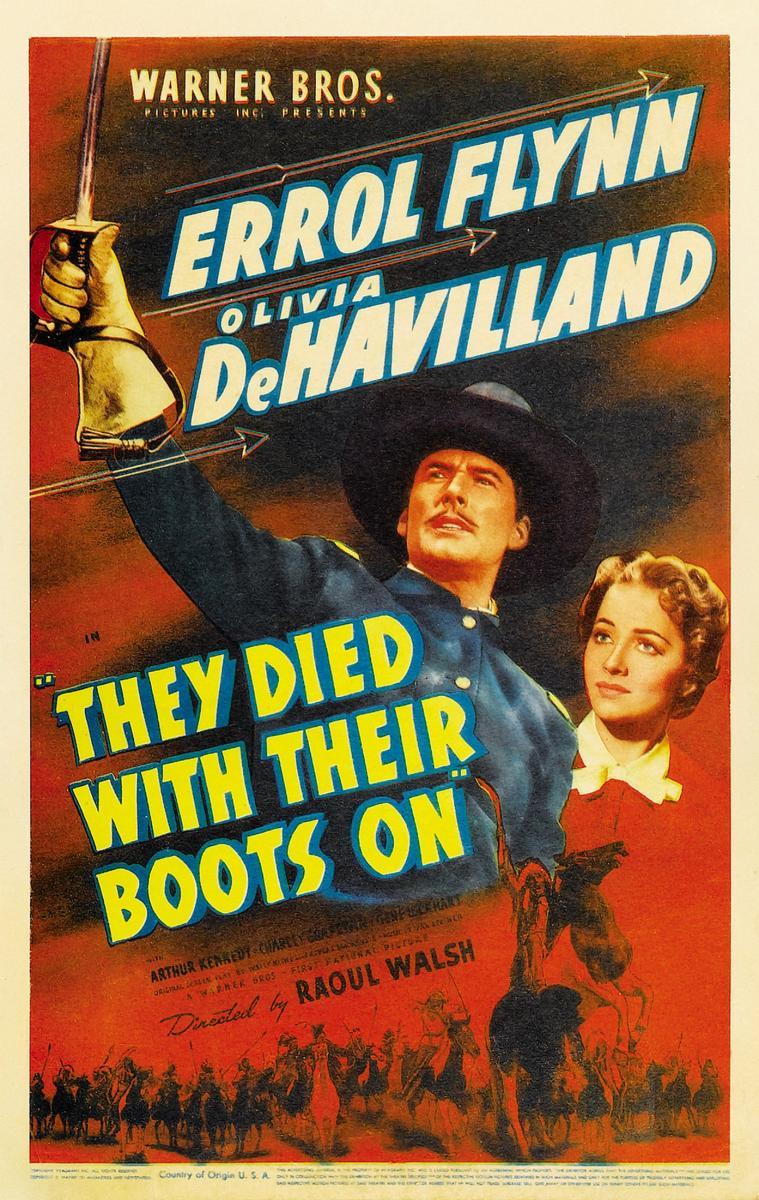THE COURT MARTIAL OF GEORGE ARMSTRONG CUSTER, Douglas C. Jones (originally published in 1976)

Douglas C. Jones has long been one of my favorite writers. This was the first of many fine novels to be written by the native Arkansan and retired military officer. In 1976, it was the winner of the Western Writers of America's prestigious Spur Award for best Western novel.
Publisher's blurb: Suppose that George Armstrong Custer did not die at the Battle of Little Bighorn. Suppose that, instead, he was found close to death at the scene of the defeat and was brought to trial for his actions. With a masterful blend of fact and fiction, The Court-Martial of George Armstrong Custer tells us what might have happened at that trial as it brings to life the most exciting period in the history of the American West.
SEASON OF YELLOW LEAF, Douglas C. Jones (originally published in 1983)

Based on the life of Cynthia Ann Parker, this is the story of ten-year-old Chosen who was taken captive by the Comanches and whose son Quanah later became the last war chief of that tribe.
GONE THE DREAMS AND DANCING, Douglas C. Jones (originally published in 1984)
 |
| Quanah Parker |
This is a sequel to Season of Yellow Leaf. Based on the life of Quanah Parker, it is a fictional account of his efforts to save his people. In 1984, it was the recipient of the Western Writers of America's Spur Award for best Western historical novel.
FOOL'S CROW, James Welch (originally published in 1986)

Dee Brown says this about James Welch's Fool's Crow: "Remarkable for its beauty of language...May be the closest we will ever come in literature to an understanding of what life was like for a western Indian." That is high praise indeed and even more meaningful since it comes from the author of Bury My Heart at Wounded Knee and who is also one of the most respected of all historians of the American West.
THE LAST CROSSING, Guy Vanderhaeghe (originally published in 2002)

The Last Crossing is a big, sprawling epic Western novel. Some critics have compared it to the Western novels of Cormac McCarthy. I can't agree. It is true that it does share some similarities with McCarthy's novels, but it isn't nearly as dark.
I think a better comparison would be Larry McMurtry. Both writers have a better sense of humor than McCarthy (who seems to have none at all), and their writing, though often characterized by scenes of graphic violence, also have moments of humor which help lighten the mood.
The Last Crossing is as almost good as McMurtry's best and far superior to his worst.


